For many of us, ramps are a beloved and versatile spring vegetable that we look forward to using in our favorite recipes.
But what if you don’t have access to ramps?
Or maybe you’re looking for something different than the usual suspects this year and want to explore some new ingredients?
Don’t worry – plenty of delicious options to substitute for ramps!
In this post, we’ll explore some creative options for substituting ramps having the same or even better flavor, without needing any special growing conditions.
What Are Ramps?
Ramps, also known as wild leeks or spring onions, are a type of wild onion indigenous to much of North America.
Because ramps grow in the wild and can be difficult to find in grocery stores, they can often be substituted for green onions or scallions.
They have an intense garlicky flavor with a hint of sweet bitterness, adding depth and interest to many dishes.
Ramps are often used in salads, soups, and stir-fries, providing a robust flavor.
They can also be pickled and used as condiments on sandwiches or burgers.
Ramps are commonly served sautéed with bacon and eggs for a savory breakfast.
They can even be added to sauces, vinaigrettes, and pesto for a flavorful kick.
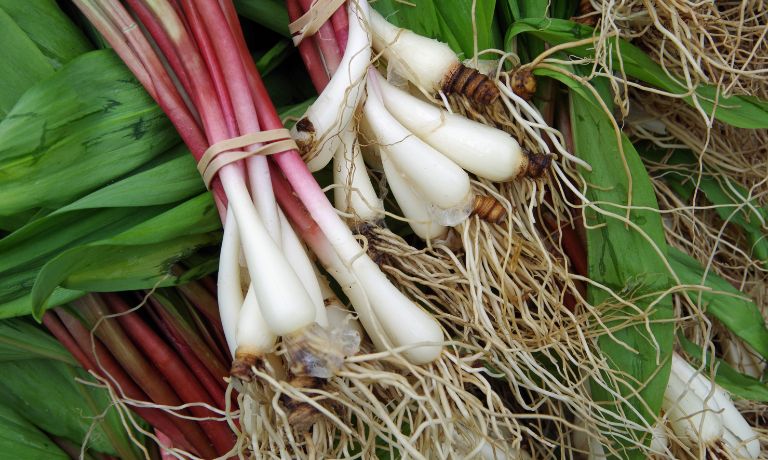
Substitute For Ramps
Ramps are a popular springtime ingredient in many dishes. Unfortunately, ramps can be hard to find and have a short season.
If you’re looking for a substitute for ramps, here are some great options:
Leeks
Leeks are an Allium family member, including onions, garlic, and shallots.
They have a cylindrical shape and can be white or light green in color.
Like ramps, leeks are an aromatic ingredient in soups, stews, and other dishes.
When cooking with leeks, they should be washed thoroughly as dirt can easily become lodged between the layers of their leaves.
The white part of the leek is generally used in cooking because it is more tender than the dark green parts.
Leeks have a longer shelf life than ramps, making them easier to store and more widely available in supermarkets and specialty stores.
Leeks can be used as a substitute for ramps because of their mild onion-like flavor and aroma.
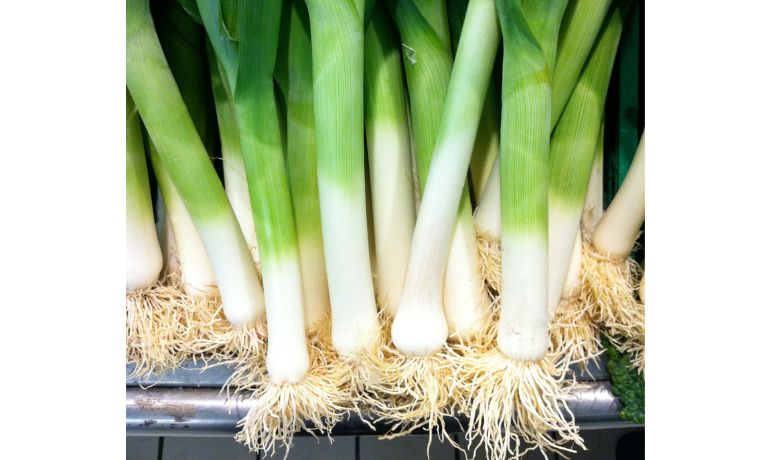
Chives
Chives are a type of herb that is closely related to the onion family. They have long, thin stems and small, round leaves that grow clumps.
Chives have a mild onion flavor and can add flavor to many dishes.
Chives are often used in egg dishes, salads, sauces, soups, and as a garnish for baked potatoes.
They are also used to flavor butter or cream cheese spreads.
They can be added to salad dressings, grilled meats, and seafood dishes or blended into sauces when chopped finely.
Chives are sometimes used as an alternative to ramps because of their similar mild onion flavor.
Chives are less pungent than ramps. Additionally, chives are much easier to find in grocery stores, as they can often be found with other fresh herbs.

Celery
Celery is a vegetable in the Apiaceae family, including carrots, parsnips, and fennel.
It has long been used in cooking as a flavor enhancer or side dish.
Celery’s crunchy texture and mild flavor make it popular as an ingredient in salads and soups and a snack when served with dips or dressings.
Celery can be used as a substitute for ramps, an increasingly popular Allium genus member.
Ramps can be overpowering in some dishes, making them unsuitable for those who don’t like intense flavors.
Celery provides a milder and more subtle flavor that can be a better substitute.
Additionally, celery is more widely available than ramps and generally cheaper, making it a more economical option.

Shallots
Shallots are a type of onion that has a milder, more delicate flavor than traditional onions.
They look like garlic cloves but are more closely related to onions.
Shallots can be used in any recipe involving onions, from soups and stews to sautés and roasts.
They can also be used as a stand-alone vegetable or in salads, salsas, and sauces.
Shallots can be used to substitute ramps in many recipes.
They have a similar flavor profile as ramps, but their milder taste makes them more versatile and easier to find.
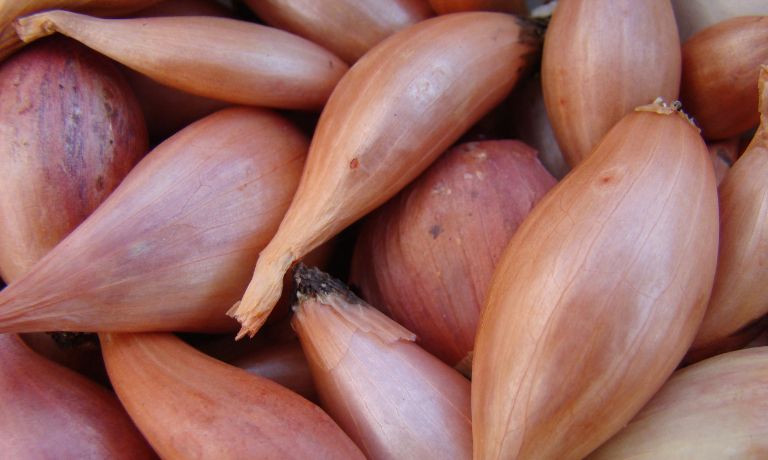
Scallions
Scallions, also known as green onions, are a type of onion that has a milder flavor than other types.
They are often used in Asian-style cooking to add flavor and texture.
The white stem part is usually eaten raw in salads or cooked lightly in stir-fries and soups.
The green leaves can be chopped into salsas or used as a garnish.
Scallions can often be substituted for ramps because they have a milder taste than ramps and can still provide the same crunchy texture when cooked.
In addition to being milder in flavor, scallions are more widely available than ramps and tend to be less expensive.
Furthermore, scallions can also provide a bit of color to dishes that would otherwise be lacking due to the absence of ramps.
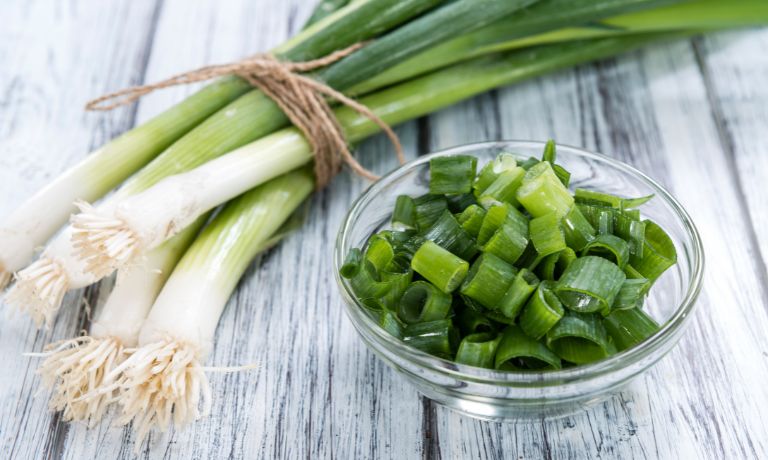
Spring Onions
Spring Onions, also known as scallions or green onions, are a type of onion with a mild flavor profile and thinner stalks than traditional onions.
They are usually harvested before fully mature, giving them a sweeter taste than regular onions.
Spring onions can be eaten raw in salads or cooked into dishes like omelets and stir-fries.
They are a great substitute for ramps, which have become increasingly difficult to find in many parts of the world.
Spring onions also bring less pungency than regular onions, so they’re perfect for dishes that don’t require a strong onion flavor.
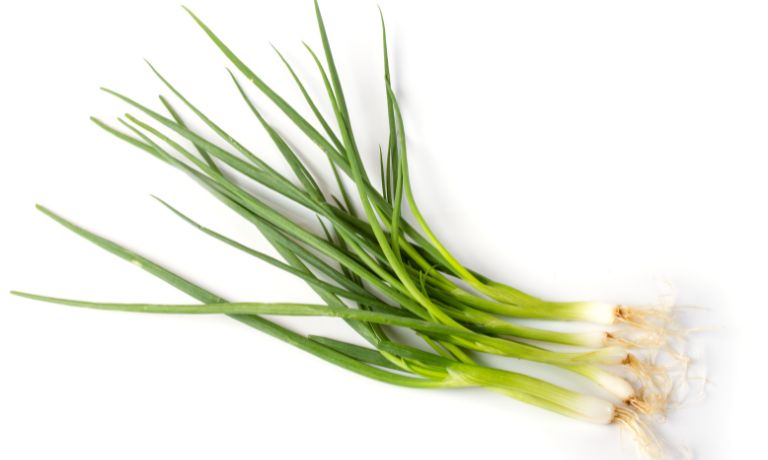
Wild Onion
Wild Onions, also known as Allium canadense, are wild onion native to North America.
They have a strong garlic-like smell and taste, and their flavor is more subtle than that of cultivated onions.
Wild onions are usually smaller in size than regular onions, and they typically feature hollow green stalks which arise from an underground bulb.
Wild onions can be used in various dishes as an ingredient or a garnish.
For example, they can be chopped and mixed with other vegetables to make a flavorful sauté, added to soups and stews for flavor, or served raw on salads.
Additionally, they can be substituted for ramps in recipes that call for them to deliver a similar taste without a strong odor.
They can also be pickled for long-term storage, which provides an interesting addition to sandwiches and other savory dishes.
Garlic Cloves
Garlic cloves are the small bulbs or segments of a head of garlic. Each clove contains an edible, white flesh inside its hard outer shell.
Garlic cloves are used in cooking as a flavoring agent to enhance the taste and aroma of dishes.
They can be chopped, minced, pressed, pureed, and even cooked whole to impart a distinct garlicky flavor.
Garlic cloves can be used to substitute ramps. While ramps have a unique flavor, garlic cloves can still provide an interesting addition to dishes.
Garlic is milder than ramps yet offers plenty of flavors when cooked or added raw to salads or sauces.
Garlic cloves can also add depth of flavor to fried dishes, soups, and stews.

FAQs
Is It Possible To Use Ramps As A Replacement For Leeks?
Yes, ramps can be used as a substitute for leeks in many recipes.
Ramps are a type of wild onion that has a milder flavor and is often used in place of leeks or scallions in some recipes.
Can Ramps Be Substituted For Scallions?
Yes, ramps can be substituted for scallions in most recipes.
Ramps have a slightly milder flavor than scallions, but you may need to adjust the number of other ingredients accordingly.
Can Onions Be Substituted For Ramps?
Yes, onions can be substituted for ramps in many recipes, though the overall flavor and texture of the dish may be slightly different.
Onions are milder in flavor than ramps, so they won’t have as much of a kick or depth of flavor.
Conclusion
Ramps can be a difficult ingredient to find in certain areas, making substitutes necessary.
Many vegetables and herbs provide similar flavors and aromas as ramps, making them excellent alternatives.
Leeks, chives, celery, shallots, scallions, spring onions, wild onions, and garlic cloves are all excellent substitutes for ramps in many dishes.
Each ingredient offers unique flavors and textures, ensuring a delicious dish without compromising flavor.
When substituting ramps with any above vegetables or herbs, remember to adjust the amount used in recipes accordingly.
Finding the perfect substitute for ramps can elevate any dish with an interesting yet subtle flavor.

